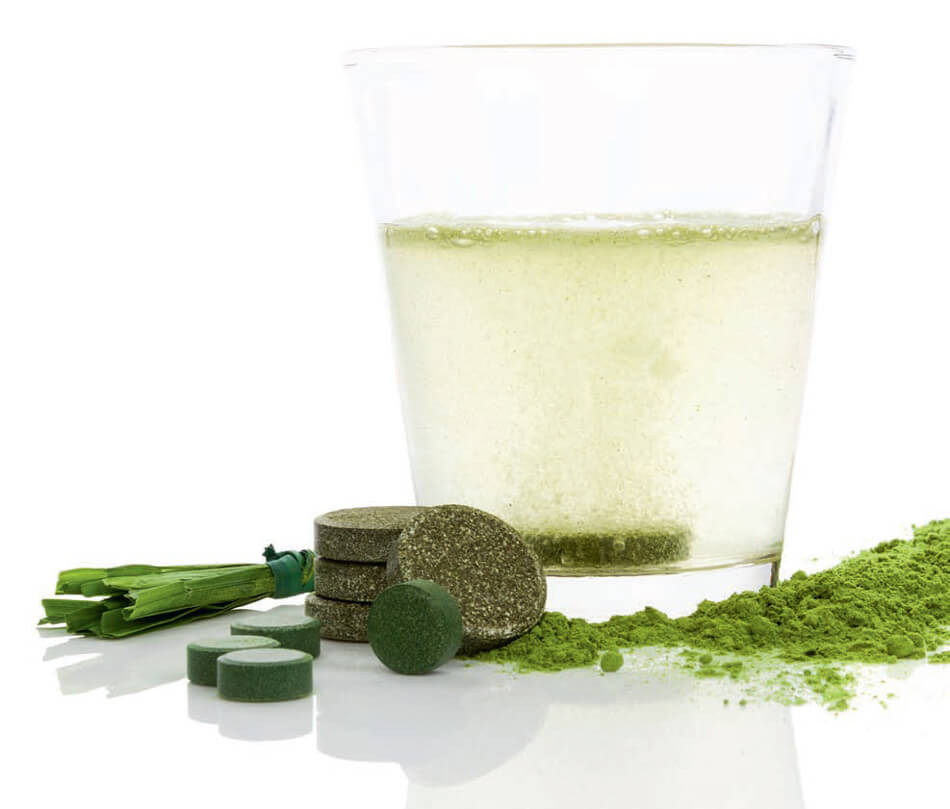Brand manager’s detox
Why do we poison our bodies, when we know it will do us long-term harm? Because most of us live in the here and now, and that immediate hedonistic hit is too good to resist.
As with bodies, so with brands. We’re addicted to practices, processes and shortcuts that we know will inexorably chip away at the chromosomes of the brand – but we crave their comforts, their highs, their guaranteed gratification. So we hide our eyes from the health warnings and indulge.
Well it’s detox time now. Here are my five marketing toxins to give up for 2015 (or at least, for January).
1. Workshops
It’s easy to see what makes them tempting. Instead of thinking deep and hard, and confronting those intellectual forks and byways as a tight, responsible team, you spread it out among an entire group. Everyone contributes, no one mucks it up by being critical – that’s strictly against the rules – and you have consensus as you go.
Unfortunately, that is also precisely what makes them toxic. Many hands make light work, but only in the most pejorative sense of that adjective. The flipcharts will be filled with the obvious, the crass, the impossible to execute, while the veto on saying stuff that needs to be said – such as “That’s bonkers”– guarantees that consensus is little more than the crystallisation of groupthink.
Give them up, cut them back – or you could always try my ‘bootshop’ alternative (see panel).
2. The ‘conversation’ objective
The link between marketing activity and sales growth has always been diffuse. So we’ve become content – perhaps too content – to aim for proxies that we can isolate and measure, which we hope will correlate to sales growth some way down the line: brand awareness, for example, or net promoter score.
Now, though, we’ve moved on to proxies of proxies, setting ourselves the intermediate objective of ‘starting conversations’. The cold-turkey conversation we really need to have is whether any of these proxies make one jot of difference to the bottom line.
3. Feedback

See also: ‘alignment’. It’s comforting: people on the same page, all shades of opinions embraced. So we go ever further out of our way to ensure that no stakeholder remains unsolicited.
Ah, there’s the telltale word. ‘Stakeholder’ seems to mean everyone from the head of HR to the digital-agency janitor. Ask around for feedback and you will get it, and be expected to incorporate it. The wider you go, the more homogenised and characterless the outputs will become. Alternative: work harder to get the proposal right before sharing it, ask for answers to specific questions, not for a generalised view, and define ‘stakeholders’ only as those with some seriously big chips on the table.
4. Brand films
These fast-paced assemblies of stolen assets are the ultimate sugar rush, guaranteed to get them up and raving at the sales conference. Well, since you’ve joined together 132 knock-out shots from some of the most brilliant films and commercials ever made – any one of which might have blown your entire budget – and helped them along with a world-famous track, you certainly would expect bang for the buck you haven’t actually spent.
They are toxic in two ways: setting up disappointment when the real commercial comes along – “It’s not quite like the mood film, is it?” – and establishing too early a fixed view on how the strategy should be executed. Not to mention“Thou shalt not steal”.
5. Quick wins
There are no quick wins. Something, or more usually someone, always provides sufficient headwind to stall even the most streamlined ambition. But those two promising words are an adrenaline boost to tired teams at the end of a long, tetchy session in an airless room. I’ve used them myself – but I’ve come to the conclusion that the comedown when reality bites just isn’t worth it.
None of these temptations will be easy to give up and, in moderation, none of them is lethal either. I’ve no doubt that I shall be choosing my poison again in 2015 – but hopefully not to excess. Success tastes better.
Workshop meets bootcamp. More disciplined and focused than a normal workshop, and less squeamish about telling it like it is:
Pre-work for everyone, which includes cases to read, and information to garner and analyse, ready to use at the first session of the day.
Start on the dot. No warm-up, no going round the table with a jaunty personal fact, no ice-breakers. Instead, straight into the task, and woe betide anyone who hasn’t read the stuff.
OK to criticise (the point, never the person). Critics expected to volunteer alternative suggestion.
No euphemisms (‘challenge’, ‘build’, ‘delta’). Everyone knows what they really mean, so you might as well use the honest word.
Specific follow-up tasks for tight, responsible sub-teams, to be completed by an agreed date after the workshop ends.
The moderator does not expect to emerge popular at the end, and the session itself is not scored. Only brand metrics count.
